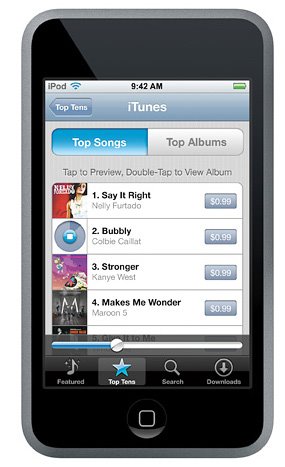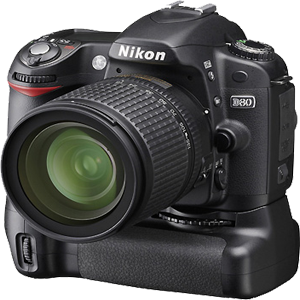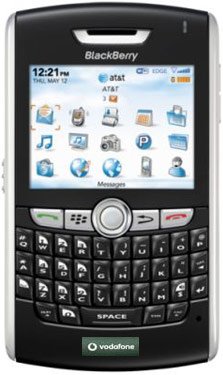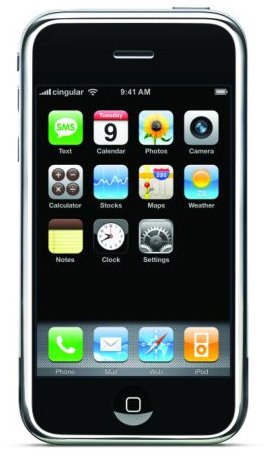clothing that is conducive to producing static
electricity, like wool sweaters. Then make sure you are
grounded by touching the computer chassis so that all
built up static electricity is drained. Wearing latex
hospital gloves is helpful in protecting the computer
from static shock.
Windows Xp 7
Moving to Windows 7? Get a Free Win 7 guide now!
itbusinessedge.com/windows7
IBM Storage Hot Offers
Offers on IBM Storage solutions Find your local business partner!
www.bestibmdeals.com/sg
static dissipative
static dissipative swabs, ESD safe Order data & free ESD safe samples
www.Foamtecintlwcc.com
2. Turn the computer off if it is still on. Disconnect all
lines connected to the desktop. This includes the mouse.
keyboard, speaker, display cable printer and any device
connected to the usb ports.
3. Remove the chassis cover. Be careful not to lose any
screws.
4. You will find a set of bays for ide / scsi devices. There
should be at 1 5 1/4 in. bay and 1 3 1/2 in. bay. Most
hard drive fit in the 5 1/4 in. bay. The 3 1/2 in. bay
are usually the size of a floppy drive. Hard drives that
are 3 1/2 in. are usually for laptops. Slide the hard
disk in the bay slot. Do not screw down the hard drive
yet.
5. Connect the data (ribbon) to the back of the hard drive.
Note: The data (ribbon) cable is what they call idiot
proof, meaning it will fit only one way. For your
knowledge though, the end with the red mark should
always face left, unless stated differently
(rarely) by the manufacturer.
6. Connect the power cable the back of the hard drive.
Note: When removing a hard drive you would remove the
data cable before removing the power line. This
will prevent damage to the motherboard if an static
surge occurs while removing the power line.
7. Line up the hard drive and screw it down. Some hard
drives snap in place. Replace the cover on the chassis.
reconnect all the cables, cords and usb connections.
Note: You will have to install an operating system on
this hard drive before you can "bootup" your system




0 comments:
Post a Comment